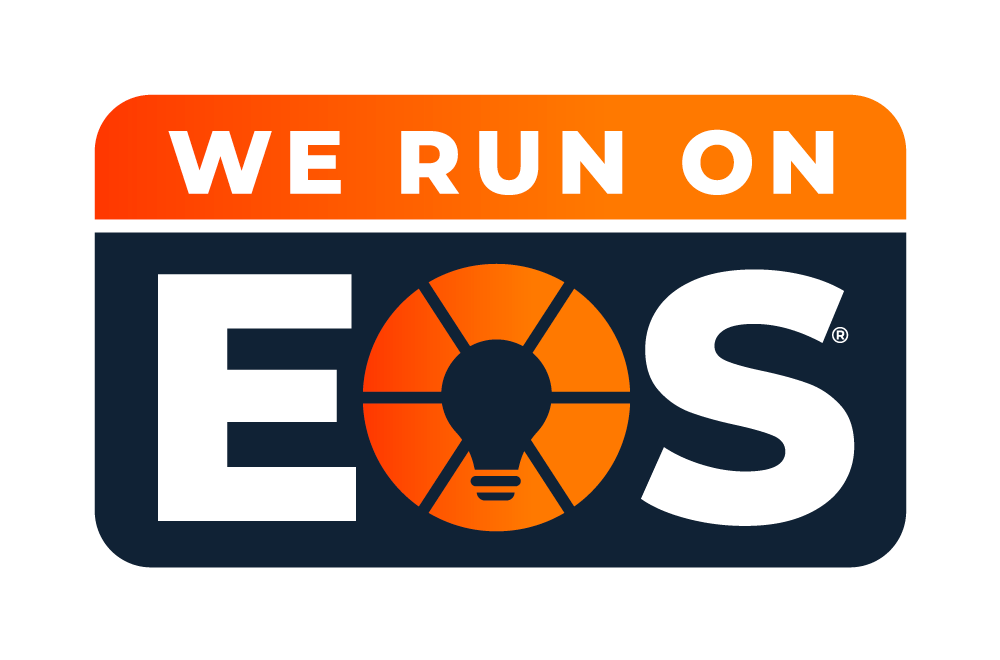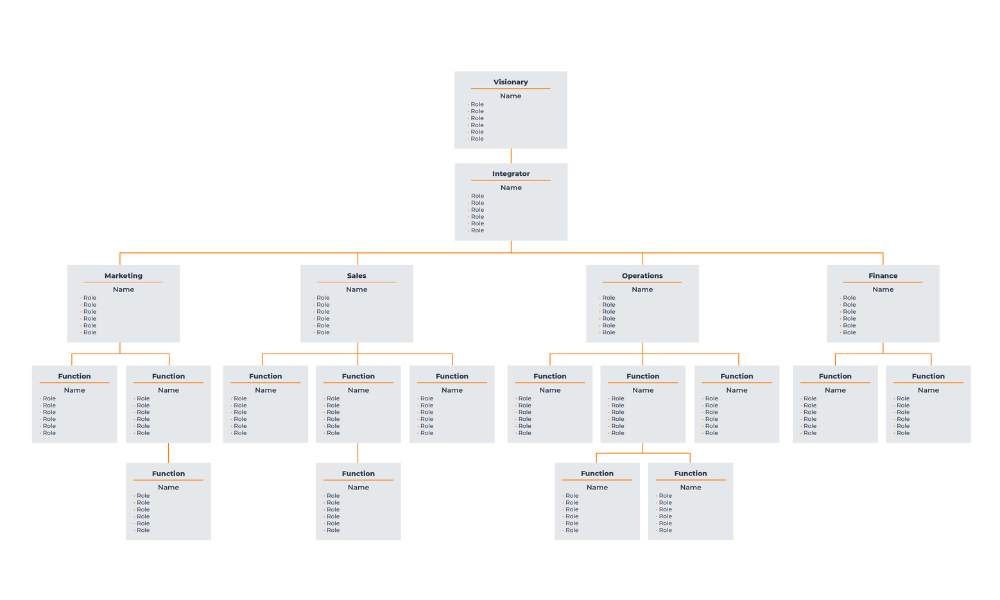Running a business is no walk in the park. The real challenge lies in attracting & retaining the right individuals for the various roles within the company.
As the business expands, the dynamics of these roles evolve, demanding a different set of skills and expertise. The team that helps you reach the $1 million mark may not necessarily be equipped to take you to $10 million and certainly not to $100 million.
Now, throw in the intricacies of having family members involved in the business & the challenge escalates further.
For centuries upon centuries, family businesses have dominated the business landscape worldwide.
Often, the eldest son was automatically deemed the heir apparent to the family business. However, this tradition has led to numerous failures, caused rifts within families & even resulted in the demise of businesses.
Enter the Accountability ChartTM – a fresh, practical & pragmatic tool that offers family businesses a method to select the best leader(s) for the next generation without it becoming a personal matter. When employed correctly, it becomes a powerful instrument ensuring that succession leads to success.
But it’s not just for succession, it’s for the entire business. It’s a framework that can take away the emotion & help you work out what structure you need & who is the right person for those roles.
We call this a ‘healthy’ environment where people make decisions for the greater good of the family business.
When family business owners and leadership teams prioritise matching the right people with the right roles, they create a solid foundation that benefits both the business and the family unit.
Let me break it down for you.
When you set up an Accountability Chart, you’re essentially laying out a blueprint for structure.
This is done by starting with a blank piece of paper & thinking about what the business needs to achieve its goals in the next 6-12 months.
Then you start to plan out the key roles that are required in that business. Each ‘seat’ gets listed with 5-6 bullet points of what that role will be held accountable for.
Example of an Accountability Chart:
Once you have an agreement with the leadership team of the business, then you can start to think about the right people for those roles.
When thinking about putting someone into the role, you need to consider 2 things:
- Do they share your family business Core Values – we call this the Right Person.
- Do they GWC the role – we call this the Right Seat.
a. Get it – Truly understand what the role is about & what needs to be done in the role.
b. Want it – They will jump out of bed in the morning & really want to do that role.
c. Have Capacity to Do it – They have the experience, knowledge, expertise & qualifications PLUS they are able to work the hours that are required in this role.
It’s essential that the person you are putting into the roles has all 3 of the GWC, otherwise they’re not in the right seat.
When you fill those seats with the right individuals, you’re building a strong organisational backbone that supports the business’s growth.
Sure, it might mean some tough conversations with family members, maybe even some tears or disagreements – but surprisingly, that’s all part of the process of moving forward!
Despite the challenges, establishing a fair system for promotions, training, and rewards becomes possible. This fair approach applies to everyone on the team, whether they’re family or not. It means there’s a clear and objective way to discuss things like salary increases, promotions, and job roles.
Instead of being seen as favouritism towards certain family members, decisions are based on what’s best for the business.
It shifts the focus from personal preferences to what the business actually needs to succeed.
You can download a free copy of the Accountability Chart here.
Real-life case study
Imagine this …
You’re a second-generation owner of a family business. When your first son is born, everyone celebrates the arrival of the next-generation leader. For your son’s entire childhood, people keep talking about how someday he will run the business, just like you and your father before you.
In the meantime, he doesn’t seem particularly interested in the business, but your second child loves it. She wants to come to the office with you on Saturdays. She asks questions about the business at the dinner table. She knows the names of most of the crew. She decided it would be fun to take business classes in high school. You start to think she would be great at running the business, and your son would be a lot happier being a teacher.
How in the world are you going to explain this to your parents? To the community? To him?
This is a real scenario I saw firsthand, and the Accountability Chart was a powerful tool that helped this second-generation dad manage his fears and concerns about the next generation of the family business.
This family business had a three-person leadership team that included the second-generation owner, his wife, and another person who ran operations. Together (despite the fact that it didn’t feel natural to them) they built an Accountability Chart for the future of the business. They separated their skills and abilities from what they built. They also separated the skills and abilities of the next-generation family members and simply decided what the business needed. This was hard. It took them several hours and a few time-outs.
When they were done, they realised two hard but important things:
- The role they needed in finance was much bigger than the interest or capability of the wife.
- Neither of the next-generation kids was ready to lead the business despite the fact that the owner wanted to retire.
They ended up elevating the non-family members to run the business. The mom was actually thrilled to stop being so stressed out about her role, and they hired someone part-time to do the higher-level finance work. They started developing the daughter to work her way into the Integrator™ role, and their son became a teacher.
Now the daughter has learned to run operations, the dad is a very part-time Visionary, and the son works for them in the summer doing work he has always enjoyed and makes a little extra money when he isn’t teaching.
Please don’t think this was easy. It took five years from the first session for the second-generation owner to get a clear story to tell when people asked why his son was a teacher and not running the business. His wife enjoys her job a lot more, and his daughter is thriving. His golf game isn’t bad these days, either.
Case study from Sara B Stern – Family Business Specialist & EOS Implementer
Written by Debra Chantry-Taylor, FBA Accredited Family Business Advisor, Certified EOS Implementer & Founder of Business Action.
Business Action is focused on helping Entrepreneurs lead better lives, through creating a better business. We have a small team of accredited family business advisors, EOS Implementers & Leadership coaches, as well as access to a huge range of advisors through our Trusted Partners Network – www.businessaction.co.nz


